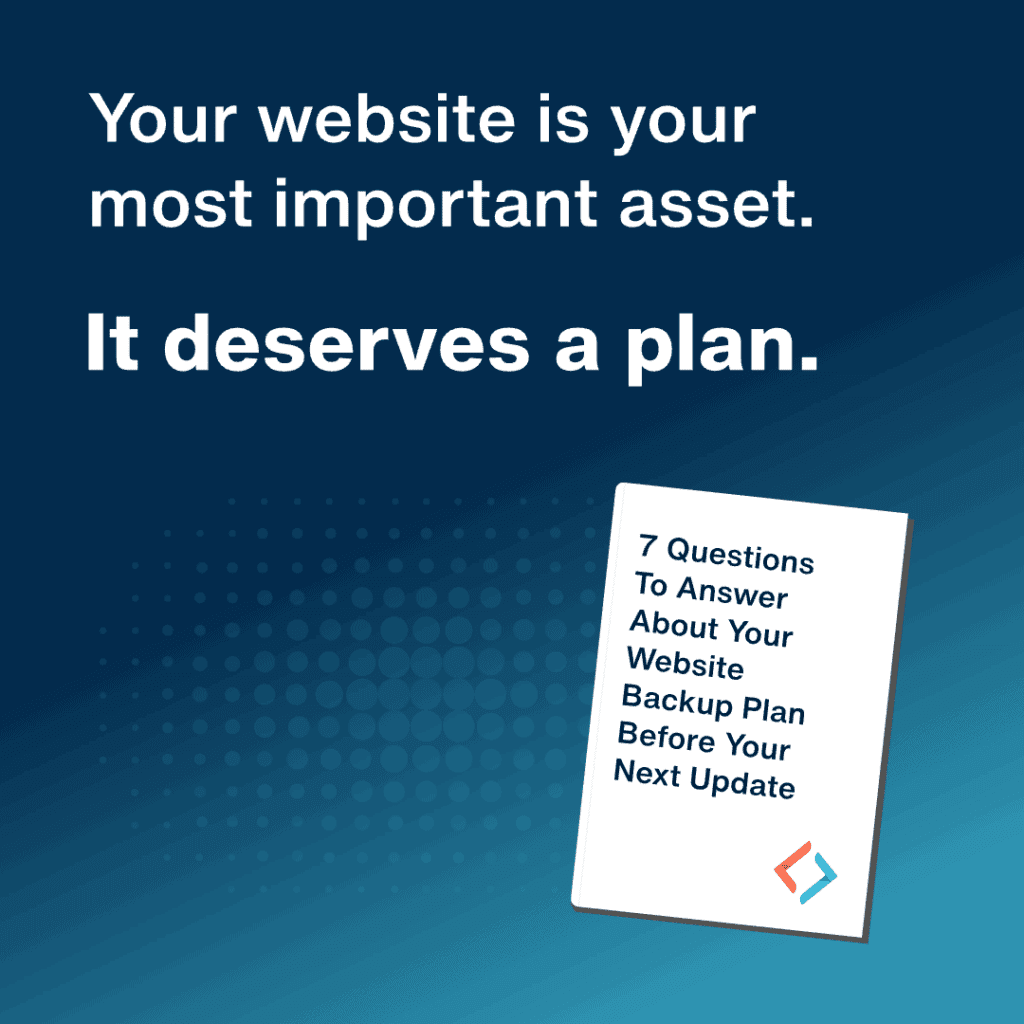Outdated Plugins Are the #1 Way Hackers Get Into WordPress Sites
Most people think website security means firewalls, complex passwords, or anti-malware software.
But the real problem is often much simpler and far easier to overlook.
According to WPScan, 52% of known WordPress vulnerabilities come from outdated plugins.
That means more than half of successful attacks on WordPress sites happen because something was left un-updated.
Let’s break down why this happens and what you can do to protect your site.
Why Outdated Plugins Are Such a Big Problem
Plugins are one of WordPress’s greatest strengths. They let you add features, improve performance, connect services, and customize almost anything.
But plugins are also bits of software, often created by small teams, updated regularly, and built to hook into WordPress’s core functions.
Here’s what that means:
- A single outdated plugin can become an open door for hackers.
- Even popular plugins sometimes ship with bugs or security holes.
- Updates aren’t just for new features, they often include security patches that close known vulnerabilities.
If you skip an update, you may be leaving a vulnerability wide open. Once it’s public, hackers start scanning the web looking for unpatched sites.
Why Site Owners Delay Updates
You might be thinking, “If updating plugins is so important, why don’t people just do it?”
There are a few common reasons:
- Fear of breaking the site. Plugin updates can cause conflicts or visual issues, especially with custom themes.
- Lack of time. Checking, testing, and updating plugins takes time, especially if you want to do it safely.
- False sense of security. Many site owners assume their host or a plugin will catch issues before they matter.
That delay, whether it’s a day or a month, is all hackers need.
The Real Cost of a Plugin-Based Breach
When a site is hacked through an outdated plugin, the consequences can be serious:
- Data loss or theft
- SEO damage from injected spam
- Malware spread to your visitors
- Site blacklisted by Google
- Hours or days of downtime
- Expensive emergency cleanups
And the worst part? Most of it could have been avoided with a safe update process.
What You Should Do Next
If you’re managing your WordPress site on your own:
- Make sure you update plugins regularly (at least weekly).
- Always back up before updating.
- Avoid clicking “Update All” without checking for known conflicts.
- Consider using a staging site to test updates before pushing live.
Or, if you’d rather not deal with any of that, let PJ Update handle it for you.
We keep your plugins updated, your site backed up, and your stress level low.
Security isn’t just about firewalls. It’s about follow-through.
